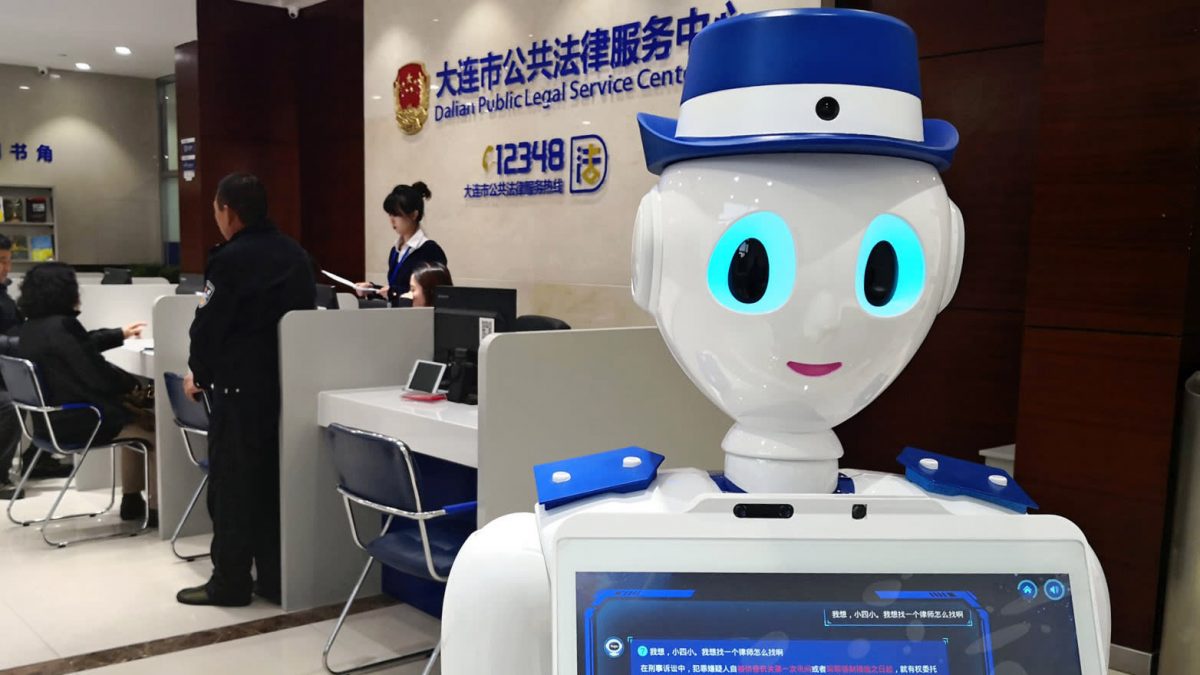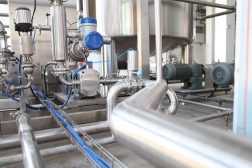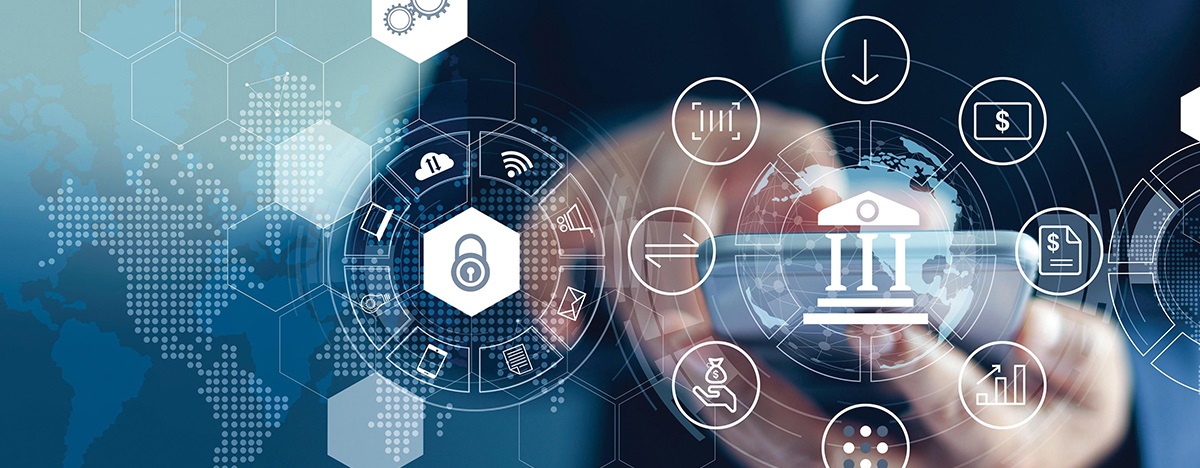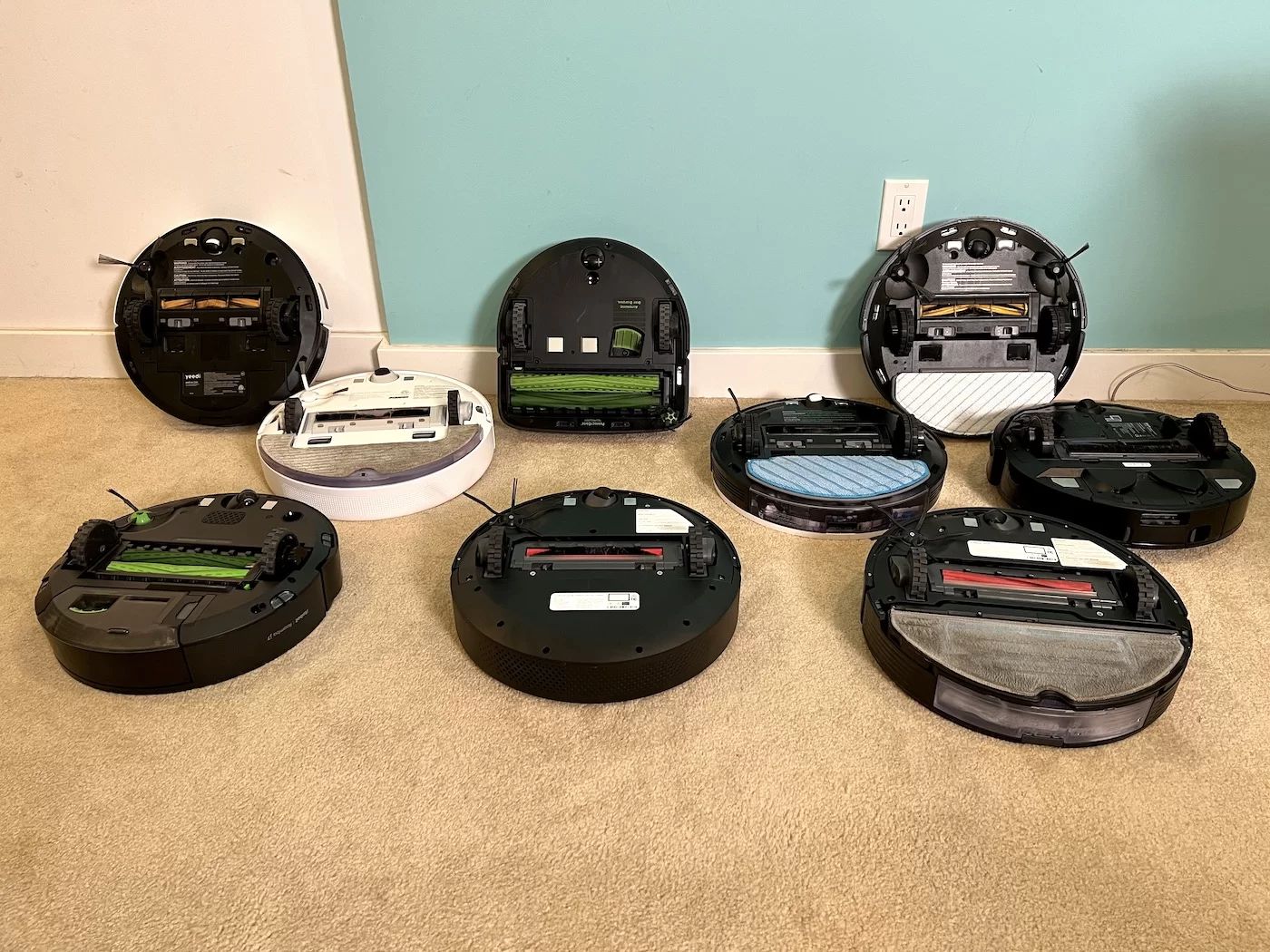Service robot renders different types of services to humans. The use of robots in the service industry includes performing tedious or boring tasks, murky, dirty jobs, dismal, time-consuming, remote, risky, and repetitive tasks. Service robotics differs from industrial robots used to automate manufacturing processes both in their role and form.
According to the International Organization for Standardization, a “service robot” is a robot that frees humans by performing some useful tasks for them. A service robot autonomously operates through an inbuilt control system which you can manually override when required. It may have full or partial autonomy. A service robot with full autonomy operates independently without requiring any active participation or intervention from a human. Moreover, a partially autonomous service robot, on the other hand, interacts with humans to accomplish the task.
Service Robots: At Your Service
At the end of the day, both partial and full-service robots improve their productivity one way or the other. Some service robots perform well in unsafe environments, while others engage in data collection and analysis. Another group of service robot improves work efficiency. Whatever task they do, the end goal of using a service robot is always to improve productivity. It is that boost in productivity that robots bring to individuals and businesses that make the cost of service worth it.
Most of these service robots are beneficial to businesses and industries and are currently employed in different types of industries including the retail industry, hotel and hospitality industry, hospitals and healthcare industry, space, and security industry like in policing, storage and warehouse, demolition and rehabilitation industry, agricultural industry, and more to automate risky and tasking jobs.
Unlike industrial robots, the service robotics is designed to give them more flexibility in reacting to different situations and environment where they render the service to humans. In this regard, the interaction of a robot with humans gets more complicated and more challenging, for example, when a service robot needs to render service like washing of hair.
Types Of Service Robots
There are different types of service robots. These perform multiple types of chores for humans. The developments in the robotics industry give services robots that are more manageable and intelligent, smarter, and a lot less costly. The benefits of service robots are their boosted flexibility. Now, service robots can be used for both personal and professional services. Similar to all other types of robotic automation, a service robot often enhances data collection and analysis, which are useful for further business operation and optimization.
Service robots currently have applications in multiple areas and fields, and these include:
Retail Service Robots
Retail service robots can discover any mistake on shelf labels and avoid showing up a price that is different from the display on the shelf label. These service robots typically move from aisle to aisle to discover any misinformation on shelf tags using an inbuilt camera system.


Agricultural Service Robots
While demands for service robots grow by the day, agricultural service robots will be helpful in every aspect of farming and agriculture in the future. With their highly-advanced technical sensor technology, these service robots will soon be able to apply herbicides for weed control. They can equally help humans to plant their crops, harvest, and prune plant and trees.
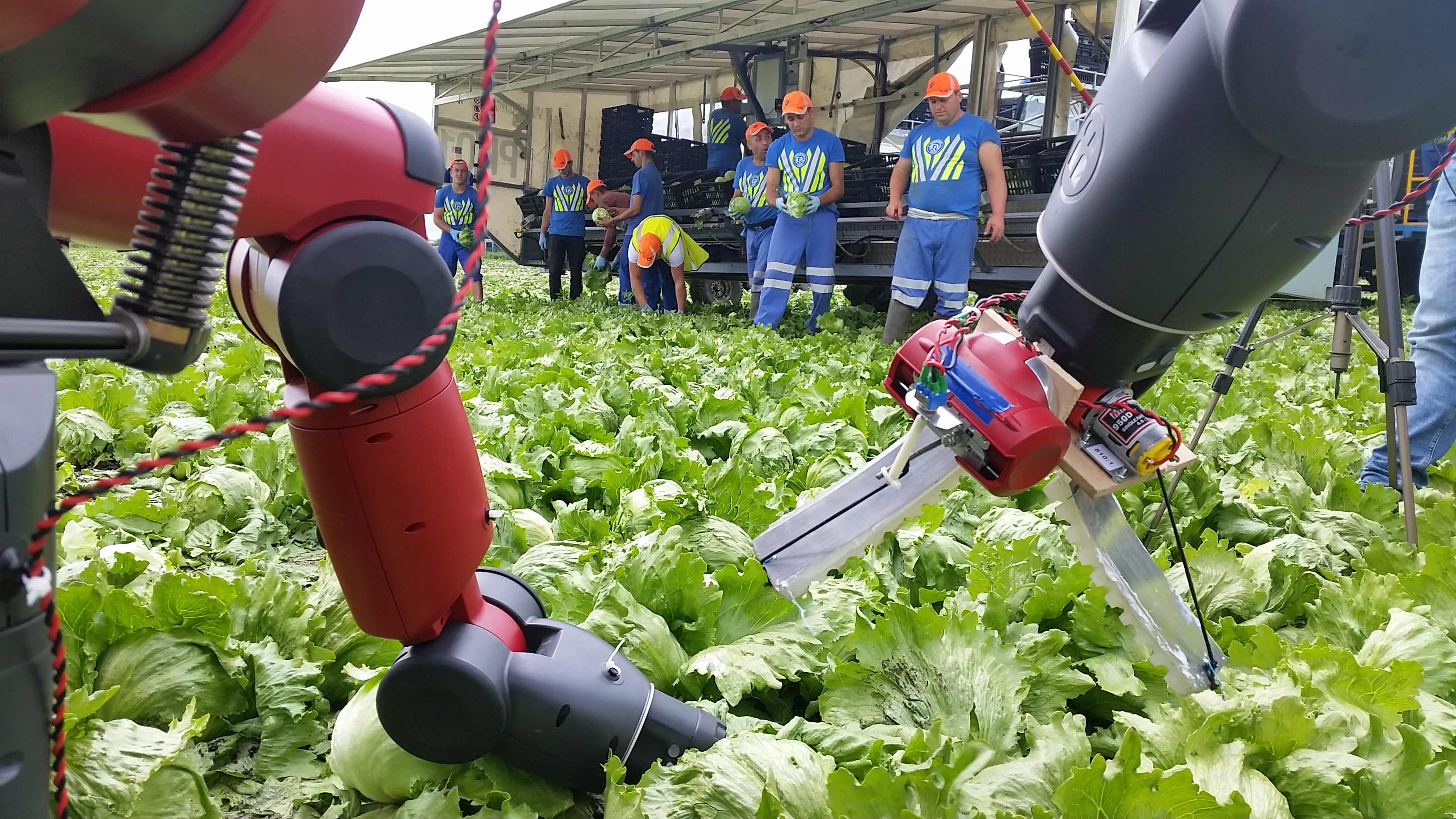

Front Office Service Robots
The front office service robots computerized autonomous and flexible system interfaces which interrelate, interconnect, and render service to business customers.
Domestic Service Robots
Domestic robots take care of regular tasks that humans would normally do outside industrial environment. These services can include things like home cleaning tasks, lawn mowing, and maintenance of swimming pools. These services are specifically important to seniors and individuals with disabilities. Soon these services robots examples would make it possible for these classes of people to live independently.


Scientific Service Robots
Scientific service robotics examples carry out recurring tasks commonly involved in research like such as data collation, analysis, and formation of hypotheses. Autonomous scientific service robots are used to handle tasks that are tasking for humans or tasks that can rarely be performed by humans. Examples are deep-sea research and outer space research service robots.
Event Service Robots
The service robots are gradually finding their way into the event industry. These robots are used to attend to business clients and visitors at events. These service robots offer event attendees great interaction.
Benefits Of Service Robots To Mankind
Service robots routinely relieve humans of tasks in a wide variety of settings and environments. Despite their different applications in many industries, they come with similar benefits. These include the following:
Safety
The main reason businesses utilize service robots is to enhance workers’ safety. Some service robots are used to tackle risky and dangerous tasks while at the same time relieving human workers to focus on intellectual tasks. Service robots are utilized in the defense industry, for instance, to keep soldiers safe when they engage in battle.
Likewise, demolition service robots keep workers safe from any type of structural or nuclear harm that could result from demolition tasks. Service robots can deploy in environments that are unsafe for humans. These can include where handling of electrical materials to resolve poor light, handling of poisonous chemicals and materials, heavy load lifting, working in tight corners, and carrying out monotonous tasks.
Efficiency
Besides safety considerations, another reason why a business makes use of a service robot is to enhance work efficiency. Robots never get tired or suffer from downtime, and this significantly improves efficiency and result in cost reduction. Service robots used for inspection tasks and industrial cleaning, for instance, work non-stop. They rarely have down-time, and this allows coverage of a large area at a minimal timeframe. Logistics robots can carry a heavy load and large numbers of products at minimal labor costs.
Service robots are equally used in the medical and health industry to perform complicated surgical operations like surgery for prostate cancer. Services robots can easily maneuver in places where humans or their hands can’t easily fit. This improves accuracy. Another use of robots in the healthcare industry is to make the surgical procedure less invasive and minimize recuperating pains.
Productivity
Service robots also boost productivity. They provide more accurate and stable results than humans. They make fewer or no mistakes and deliver high-quality works consistently. This way, they result in more production and improve the business return on investment and profit margin, which completed a huge amount of tasks efficiently and within a shorter timeframe. These service robots can work at a regular rate nonstop or not taking day-offs, holidays, or sick leave. Thus, service robots save a business a significant amount of time and boost productivity in their different areas of specialization.
Savings
Another benefit of a service robot is time and cost savings. Service robots result in huge time savings because they can complete a larger amount of tasks in a specific timeframe compared to their human counterparts. They equally minimize wastage because of their precise outcome delivery. Over time, they help businesses to save a lot of money due to their faster returns on investment with the use of fewer materials. Service robots equally result in minimal staff injury, which can add to a company’s expenses.
There are many more benefits that come with some robotic examples. Although there is a general conception that robots rob human of their tasks, this is not entirely true. The robotic industry has also generated jobs for some workers in the programming industry. Robots displaced human workers from recurring repetitious jobs and open doors for a more challenging intellectual task for them. They help businesses in the US to function competitively while keeping their jobs locally.
The more human beings continue to use robots to relieve themselves of various tasks, the more beneficial they become. In the future, many more uses of robots will manifest, and many businesses and industries will start to employ service robots.
Service Robots: Every Industry’s Future
The extensive types of service robots and their uses reflect a high demand for autonomous service rendered by robots outside the manufacturing environment. The benefits of robots have opened the door for their use in many fields. The fact that these service robots are customizable means businesses can use them to perform multiple types of tasks and functions. Although the service robots are still in its developing stage of development, the future is bright for the industry. The market for this service robot is equally increasing as technology continues to develop and evolve by the day.







